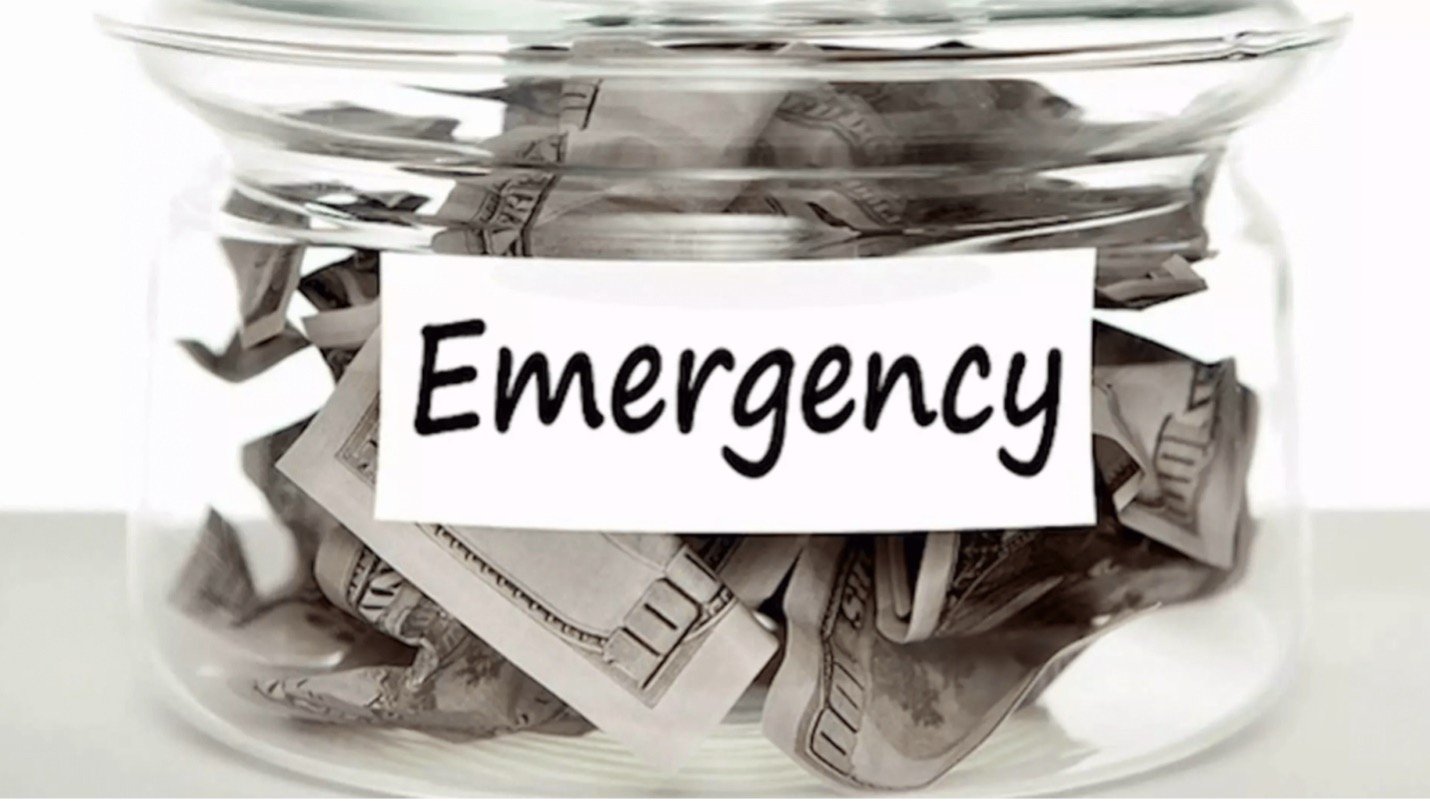You should always be prepared for financial problems, as they can happen at any time. Having an emergency savings fund will help you get through tough times.
Experts advise that you should save enough money to cover three to six months of living expenses. To achieve this, you may want to figure out a way to deposit your paycheck directly into a savings account every time you receive a payment. This way, money is automatically saved instead of being used to pay off debt.
1. Make a Plan:
Having a disaster fund is an important part of maintaining good financial health. Having a savings account allows you to handle unexpected expenses without having to borrow money from family, friends, or other sources.
Most financial experts say that the first goal is to save enough money to cover three to six months of living expenses. Exactly how much you need depends on your income, the number of people who depend on you, and other factors. Use an online budget calculator to figure out how much you need.
Setting aside a certain amount of your income each month to save can help you build an emergency fund. Look for ways to reduce your spending, such as canceling subscriptions you don’t need or eating out less often. Setting a savings goal as part of your current budget makes the process as easy as possible.
It may take some time to reach your savings goals, but it’s important not to give up. It’s normal to have some hiccups in the early stages of an emergency savings plan. However, setting aside some money for unplanned expenses can help you stay on track with your savings goals. Automation apps or programs can be helpful because they help your planning initiatives move forward with less work.
2. Create a Spending Plan:
If you’re not prepared, emergencies can arise at any time and put your finances at risk. A great way to avoid costly surprises is to put three to six months’ worth of expenses into a savings account in case of emergencies, such as a diagnosis of an illness or unexpected repairs to your car or home.
To figure out how much money you can save, list all the money you spend each month. To find your emergency fund goal number, add up all of your bills, such as rent or mortgage, utilities, food, child care, etc., and then multiply that number by three or six.
Once you know how much money you want to make, start saving money each month to reach your goal. Setting up a simple way to transfer money from your bank account to a savings or money market account each month will ensure that you keep putting money into your emergency savings account and can reach your goals faster.
Keep your emergency fund separate from other savings or spending accounts so that you don’t use it for non-emergency situations or for more money than you can afford. Online banking offers tools like spending plans and savings plans that you can use to track your progress and stay motivated.
3. Create a Money-Saving Plan:
Your emergency savings goals should be based on your budget, income, regular bills, and debts. Most experts say you should have enough money saved to pay your bills for three to six months before you declare an emergency.
Setting up an emergency savings account should be at the top of your spending list. A good way to do this is to calculate your take-home pay, which is your net salary after taxes and deductions. Then add up all of your regular expenses (such as rent or mortgage payments, insurance premiums, utility bills, or debt) and subtract that amount from your total monthly expenses. This will give you the amount you should be saving with each paycheck.
Start small. Save $10 to $20 from each paycheck until you feel it is safe to save. Then, set larger goals to keep your savings in check and help you reach your emergency fund goals. Make sure all emergency funds are kept separate from other accounts and are easily accessible without any risk. A savings or money market account would be the best place to keep them, and you could even use an app that deposits money into the account each month.
4. Make Additional Plans:
Having a backup plan for emergencies can help alleviate the stress that comes with being unprepared. Emergencies can happen at any time and are often costly. That’s why it’s smart to put money in an emergency savings account to protect against unexpected expenses. This can save you money if you need a loan or credit card!
Saving enough to cover three to six months of normal living expenses may seem daunting at first, but if you set small goals and increase them slowly, you may be able to reach your target amount in no time. Additionally, keeping your emergency fund separate from your regular funds can help you avoid accidentally spending money on non-urgent situations.
If you do need to use your emergency fund, remember to save the money you withdraw as soon as possible. This will have a huge positive impact on your financial health and give you the peace of mind that you’re prepared for any emergencies that may arise. While you can’t plan for financial problems, being prepared can help you navigate difficult situations more easily and reduce stress. Your family can ensure they have everything they need when disaster strikes by creating a budget, saving money, paying off debt, and writing down important information.

Marie Johnson is a finance expert and the author of EasyFinanceHelp, where she provides practical insights on personal finance, budgeting, and smart money strategies. With a clear and straightforward approach, she helps readers make informed financial decisions with ease.

